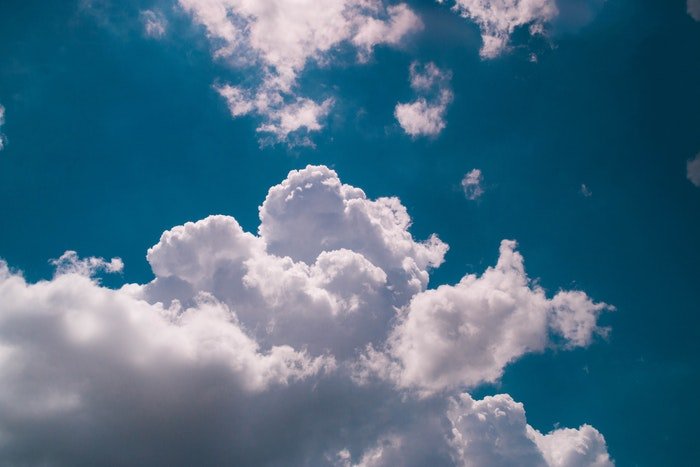Are Cloudy Days Good For Photography?

Introduction
When it comes to photography, lighting can make or break a shot. Many photographers often wonder, "Are cloudy days good for photography?" The answer might surprise you. While sunny days are often celebrated for their bright, vibrant colors, cloudy days offer unique advantages that can elevate your photography to new heights. In this article, we’ll explore why cloudy weather can be an excellent backdrop for capturing stunning images, the types of photography that benefit from overcast skies, and tips for making the most of those moody days.
Why Cloudy Days are Great for Photography
Soft, Diffused Light
One of the primary reasons cloudy days are favorable for photography is the soft, diffused light they provide. Instead of harsh shadows and glaring highlights common on sunny days, overcast conditions create a natural light source that evenly illuminates your subject.
- Reduced Contrast: The absence of direct sunlight means less contrast between highlights and shadows, allowing for more detail in both dark and light areas.
- Even Skin Tones: For portrait photographers, cloudy days are ideal for achieving even skin tones without the risk of unflattering shadows.
Enhanced Colors and Textures
Cloudy days can bring out the richness of colors and textures in your photographs. The muted light enhances the saturation of colors, making landscapes, flowers, and urban scenes pop.
- Vibrant Landscapes: Nature photographers often find that greens are more vibrant and skies have a dramatic quality on cloudy days.
- Texture Details: Overcast conditions allow for more detail to be captured in textured surfaces, such as leaves, rocks, and buildings.
Dramatic Atmosphere
Cloudy weather can create a moody and atmospheric feel in your images. This is particularly beneficial for certain genres of photography, such as:
- Landscape Photography: The drama of cloud formations can add depth and interest to your landscape shots.
- Black and White Photography: Cloudy days can create striking contrasts when shooting in black and white, emphasizing shapes and forms.
Ideal Conditions for Specific Genres
Different photography genres thrive under cloudy conditions. Here's a closer look:
1. Portrait Photography
- Natural Softbox: The clouds act as a giant softbox, providing soft, even lighting that is flattering for subjects.
- Avoiding Squinting: Cloud cover eliminates the need for subjects to squint, resulting in more relaxed and natural expressions.
2. Macro Photography
- Details in Focus: The soft light allows for better detail capture in small subjects, such as flowers and insects, without harsh shadows interfering.
- Color Pop: Colors appear more vibrant against muted backgrounds, drawing focus to the subject.
3. Urban Photography
- Reflective Surfaces: Wet pavement after rain can reflect the cloudy sky, adding an additional layer of depth and interest to urban shots.
- Moody Scenes: The atmosphere can create a narrative, enhancing the storytelling aspect of urban photography.
Tips for Photographing on Cloudy Days
Use a Tripod
With the lower light levels of cloudy days, using a tripod can help stabilize your camera and allow for longer exposure times without blurring.
Adjust Your White Balance
Cloudy conditions can sometimes produce a cooler color temperature. Adjust your white balance settings to ensure that colors appear natural and true to life.
Embrace the Mood
Don’t shy away from the inherent moodiness of cloudy days. Embrace the drama by incorporating dynamic compositions and framing techniques that highlight the atmosphere.
Look for Contrast
Seek out contrast in your compositions. Dark subjects against a light sky can create striking images, while lighter subjects can pop against a darker background.
Experiment with Exposure
Take advantage of the softer light by experimenting with different exposure settings. Slightly overexposing your images can yield a dreamy, ethereal quality.
Conclusion
In conclusion, cloudy days can be incredibly beneficial for photography, offering unique lighting conditions that enhance colors, textures, and mood. By understanding the advantages of overcast skies and applying strategic techniques, photographers can capture stunning images that tell compelling stories. So, the next time the sun is hiding behind the clouds, grab your camera and head out—those clouds might just be your best friend in creating breathtaking photographs. Whether it’s a portrait, a landscape, or a macro shot, cloudy weather can open up a new world of photographic possibilities. Embrace the clouds, and let your creativity soar!



Comments ()